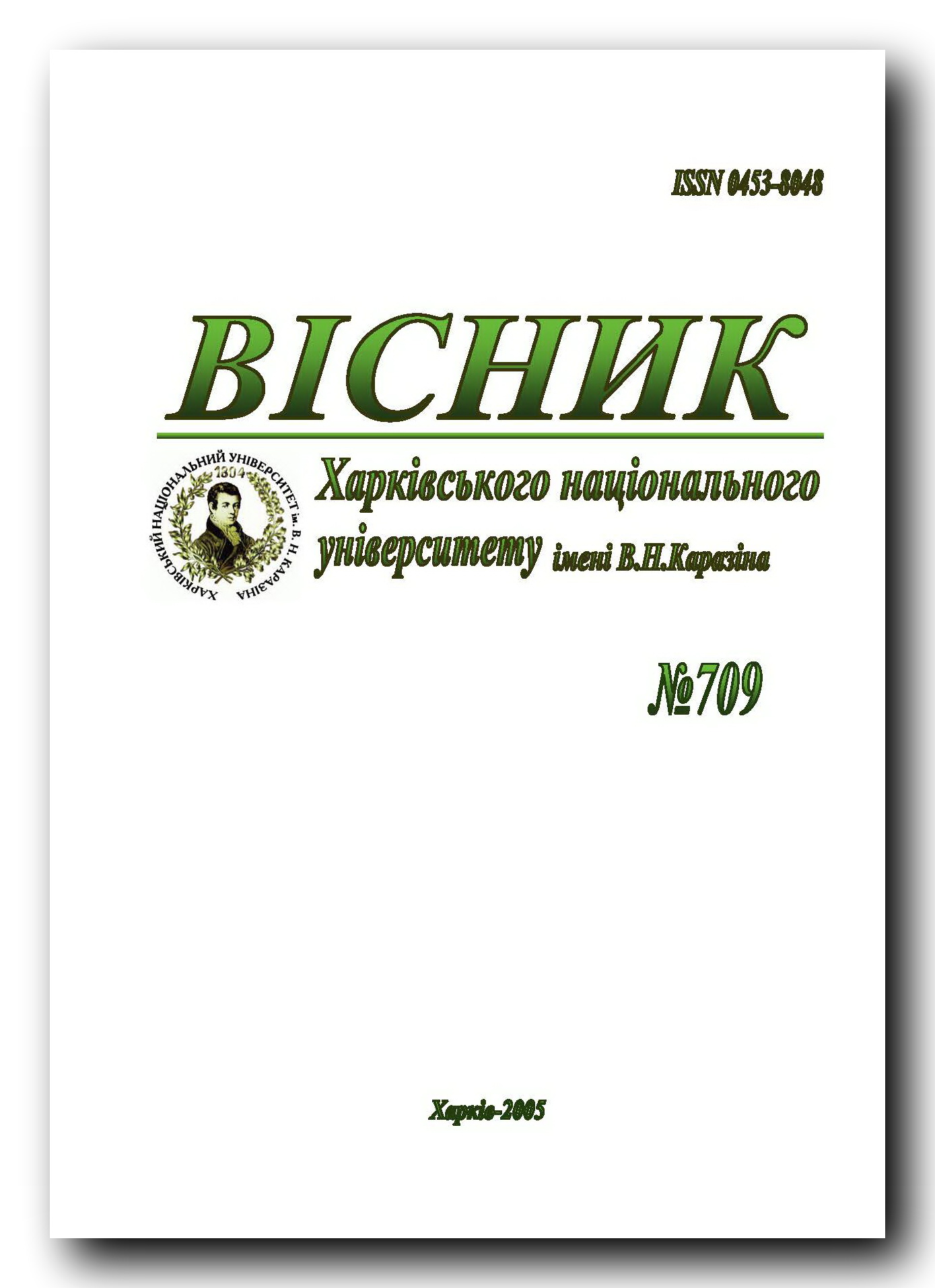MODULATORY EFFECT OF PEPTIDE STRUCTURE AND EQUILIBRATION CONDITIONS OF CELLS ON PEPTIDE-INDUCED HEMOLYSIS
Abstract
It is shown that Red Blood Cells (RBC) hemolysis induced by lytic peptides melittin (M), and melittin analog [Ala-14]melittin (P14A) depends on peptide structure, an order of interaction between cells and peptides, and the presence of inhibitors such as divalent cations, chlorpromazine, albumin and other agents. Maximal protective effect of inhibitors was observed when peptides and inhibitors acted simultaneously after introducing the cells into the media containing both peptides and inhibitors. Protection was reduced after equilibration of cells in the saline in the presence of inhibitors. This effect is proposed to originate from synergistic interaction between blocking agents and putative weakly bound membrane inhibitory components (MICs) playing protective role. The present data suggest that albumin may be referred to such membrane inhibitory component in contrast to other inhibitors such as divalent cations and chlorpromazine, because incubation of cells in the presence of these agents, in contrast to albumin, did not prevent enhancement of RBC susceptibility to lytic action of the same amount of peptide. P14A had a larger hemolytic activity compared to melittin demonstrated 3-fold larger value of binding to RBC and ghost membranes and was recognized as a peptide having minimal sensitivity to action of blocking agents. Chlorpromazine and albumin specifically inhibited hemolysis induced by melittin but were significantly less effective in inhibition of P14A-induced hemolysis.
Downloads
Authors retain copyright of their work and grant the journal the right of its first publication under the terms of the Creative Commons Attribution License 4.0 International (CC BY 4.0), that allows others to share the work with an acknowledgement of the work's authorship.




